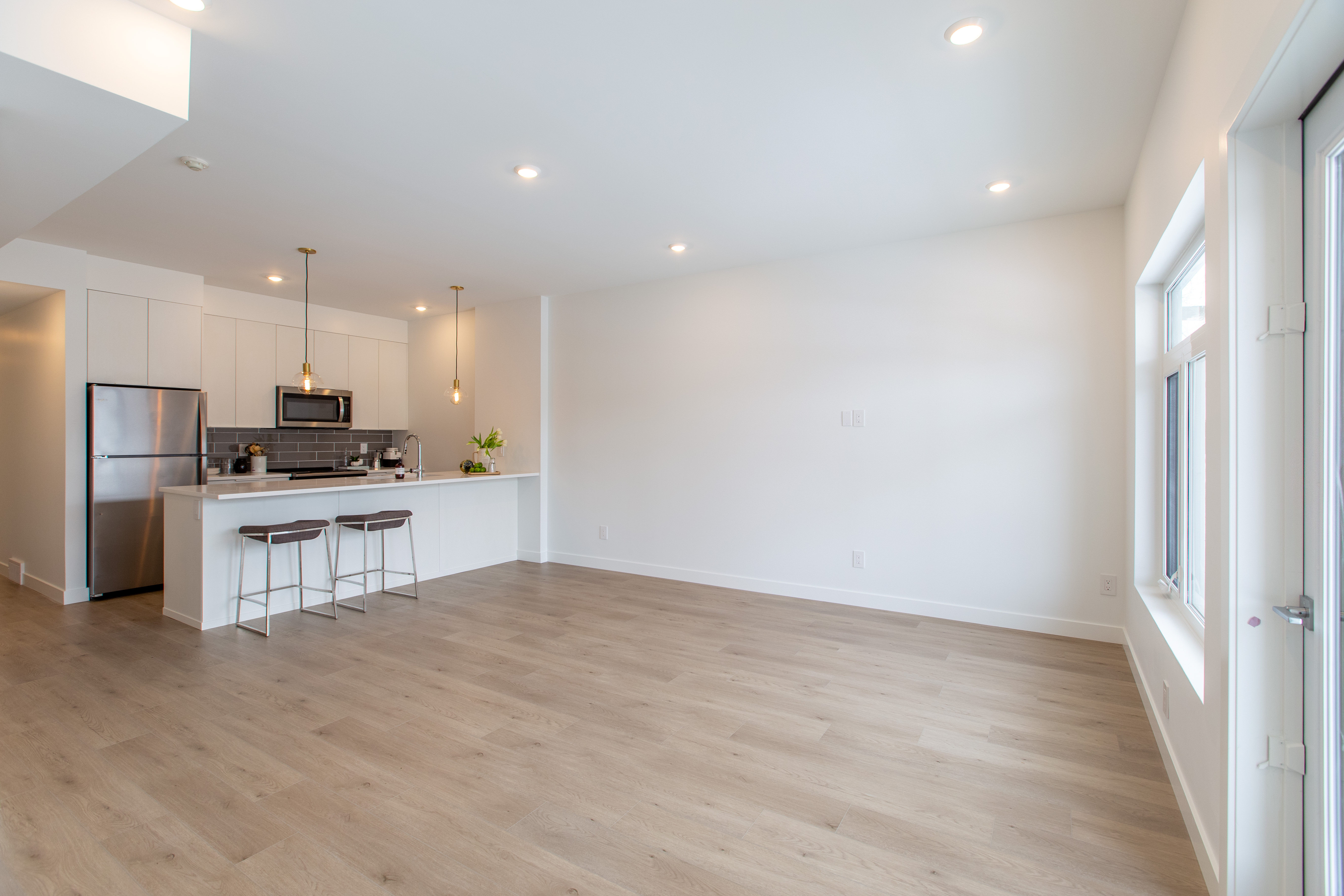What is the Importance of a Floor Plan?
Floor plans are fundamental to the layout of any space, providing a bird’s-eye view of the connections between rooms, spaces, and physical features. They serve as the roadmap for your space, allowing you to visualize how it will be organized and function.
The importance of a floor plan extends beyond mere aesthetics. It ensures that your space is not only appealing but also practical. A well-drafted floor plan allows homeowners to foresee potential issues and make adjustments before construction, saving time and resources in the long run.
Moreover, floor plans act as a communication tool between homeowners and designers. They provide a detailed depiction of spatial relationships and usage, facilitating a more efficient and clearer dialogue on design expectations and possibilities.
How Do Floor Plans Contribute to Space Optimization?
Properly designed floor plans help in allocating space efficiently by ensuring that every square foot is utilized effectively. They assist in identifying and eliminating wasted areas, allowing for more functional and practical living spaces.
One way floor plans achieve space optimization is through strategic zoning. By breaking down a space into zones based on activity—such as living, dining, or working—homeowners can maximize utility and ensure each area serves its intended purpose without overlapping with others.
An optimal floor plan takes into account both current and future needs. This foresight allows for flexible designs that can accommodate changing family sizes or lifestyle adjustments, making your home more adaptable over time.
Can Floor Plans Enhance Comfort in a Home?
A well-thought-out floor plan enhances comfort by maintaining smooth flow and easy connectivity between different areas of the home. This can greatly enhance the livability of a space, making it feel more open, welcoming, and comfortable.
Comfort in a home is often tied to the flow of movement. An intuitive floor plan allows effortless navigation between spaces without unnecessary barriers. This seamless transition can be especially beneficial in homes with open-plan designs.
What Role Does Furniture Layout Play?
Floor plans also consider furniture placement, which can significantly affect comfort and space utilization. Strategic positioning of furniture in relation to the layout optimizes both space and movement within the room.
Choosing the right furniture layout can make a world of difference in how a space feels. For instance, arranging sofas and chairs to promote conversation can foster a cozy and inviting atmosphere, while providing clear routes can prevent your space from feeling cluttered.
Ultimately, the role of furniture layout in a floor plan goes beyond mere decoration. It's about facilitating a space that caters to the occupants' lifestyle and needs, enhancing both functionality and aesthetic appeal.
Maximize Your Space and Comfort with Effective Floor Plans
In conclusion, floor plans are more than just blueprints; they are essential tools that play a vital role in maximizing space and enhancing comfort in any living area. By understanding and utilizing effective floor plan strategies, one can create a harmonious balance of functionality and aesthetics in the home.




.webp)

.webp)
